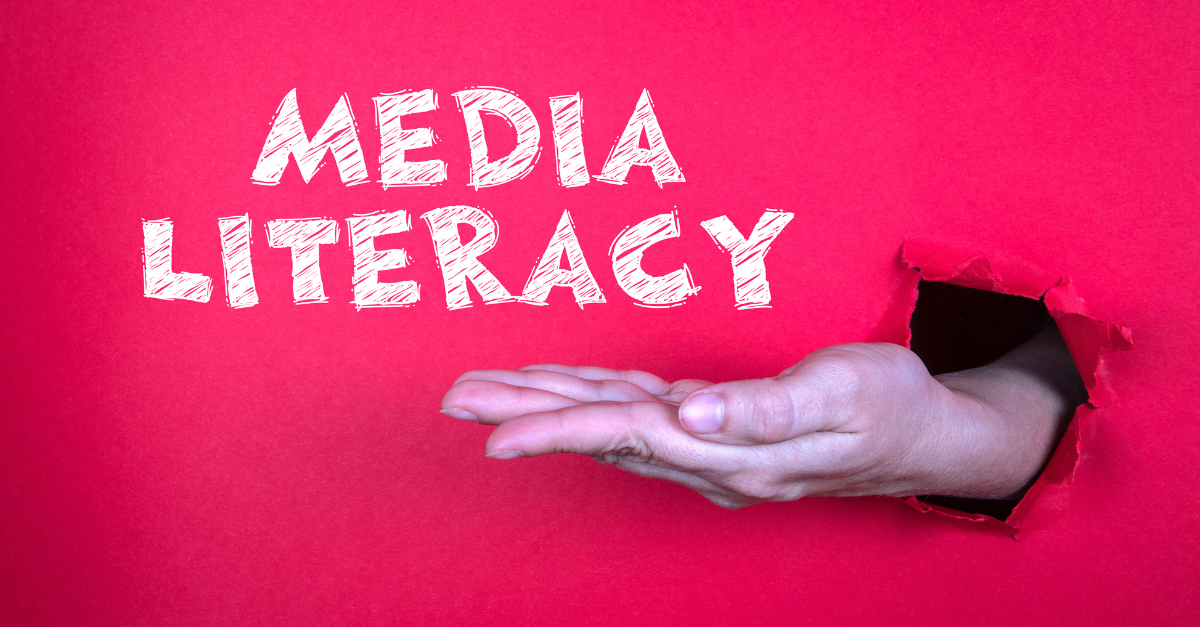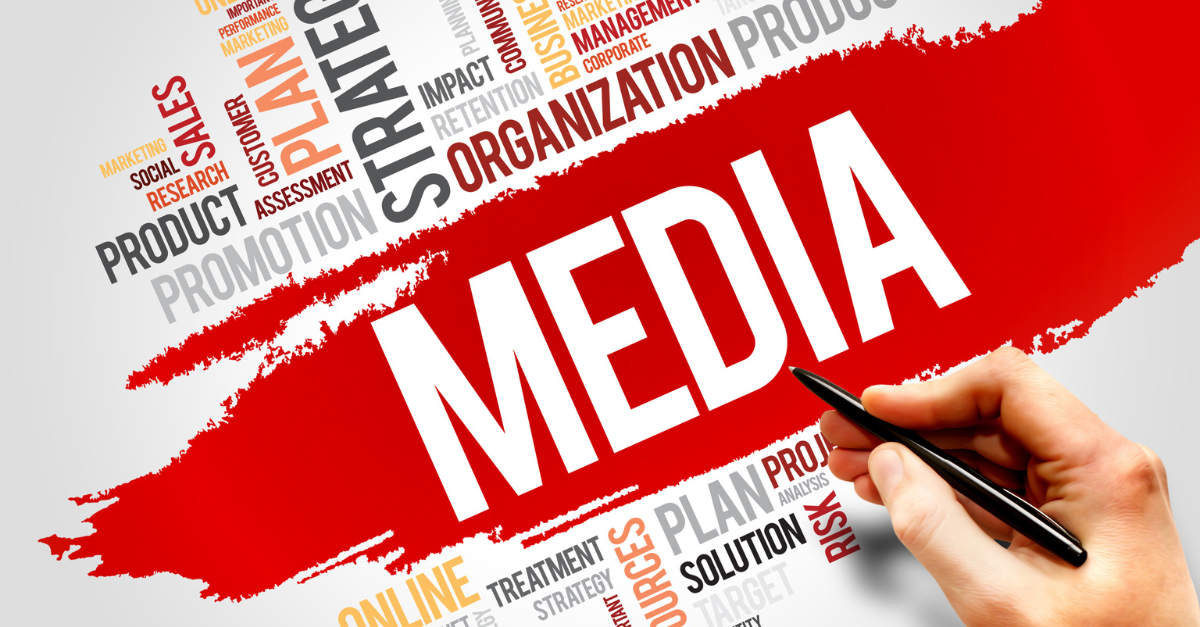The nature of the medium through which a message is communicated is just as important as the message itself. Marshall McLuhan once stated that ‘the medium is the message’. This is actually one of the major themes in the works of several cultural and media critics (e.g., Sherry Turkle, Nicholas Carr, Mark Bauerlein, Andrew Keen, to mention a few) who argue that digital media have the power to shape our cognitive capacities in profound and transformative ways.
It is within this context that the concept of digital media literacy acquires its importance as an important literacy for the 21st century students. By definition, media literacy, as Istvan (2011) stated, is an umbrella concept "characterized by a diversity of perspectives and a multitude of definitions" (p. 2). Among the various definitions provided so far, Here are two that I find helpful. Both of these definitions highlight the critical aspect of media literacy:
According to the Commission of The European Communities (2007), media literacy is "generally defined as the ability to access the media, to understand and to critically evaluate different aspects of the media and media contents and to create communications in a variety of contexts" (p. 3).
As for the Ontario Association for Media Literacy (AML) (cited in Duncan, 2005)
According to the Commission of The European Communities (2007), media literacy is "generally defined as the ability to access the media, to understand and to critically evaluate different aspects of the media and media contents and to create communications in a variety of contexts" (p. 3).
As for the Ontario Association for Media Literacy (AML) (cited in Duncan, 2005)
Media literacy is concerned with developing an informed and critical understanding of the nature of the mass media, the techniques used by them, and the impact of these techniques. It is education that aims to increase students’ understanding and enjoyment of how the media work, how they produce meaning, how they are organized, and how they construct reality. Media literacy also aims to provide students with the ability to create media products.
Media literacy, therefore, is not only about accessing and using media but more importantly developing a critical consciousness regarding how these media work and how meaning making processes are produced and negotiated within them.
Besides knowing how to effectively use media to produce meaningful multimodal content, media literacy also entails reading with a critical eye what others have produced and shared. Drawing on Mills (1995, p. 199) and Duncan's (2005) work I came up with the following list of questions to help students investigate the content of texts as they read them:
- What kind of text is it?
- What genre is it part of? (e.g., advertising, news, song, etc.)
- Does the text have a status? (e.g., canonical, literary, popular)
- How is it authored? (e.g., individually, anonymously, collectively)
- What information is readily available about the author(s)?
- How does this information help you with the reading and understanding of the text?
- Whose point of view does the text favour?
- Whose interests does the text foreground?
- Does the text exclude any groups of people or beliefs?
- Does the text expect you to have some sort of assumed background knowledge to understand it?
- Is this assumed background knowledge dependent on stereotypical assumptions? If so, what are they?
- Does your reading position align with the one communicated by the author or not? Why?
- Which voices, if any, are silenced in the text and why?
Ways to integrate media literacy in your instruction
There is a wide variety of strategies to help you integrate the ethos of digital media into your class instruction. However, the important thing here is to be able to justify the rationale behind your use of such media. Some examples to help you in this process include:1- Ask students to work in groups and create short explainers or video clips covering a particular topic
2- Assign students to read and critically evaluate the content of a web page using the questions above.
3- Using a timeline maker tool, students chronicle the major developmental epochs, processes or events surrounding a particular historical event or figure.
4- Students adapt a short story they have read or written into a short movie they can create using either web tools or mobile apps.
5- Discuss with students the different techniques they can use to spot fake news then have them work in groups to locate sample fake news online and discuss their work with each other.
You can also check this post from Common Sense Media for insightful ideas on integrating media literacy in your class projects.
Sources:
Duncan, B. (2005). Media literacy: Essential survival skills for the new millennium. Retrieved from https://goo.gl/pMgQ2Z
István, S. (2011). The media and the literacies:Media literacy, information literacy, digital literacy. Media, Culture & Society, 33(2), 211-221
Daunic, R. (2017). 4 Ways to integrate media literacy in the classroom. Common Sense Media. Retrieved from https://goo.gl/f39ZmX
Mills. S. (1995). Feminist stylistics. New York, NY: Routledge.



